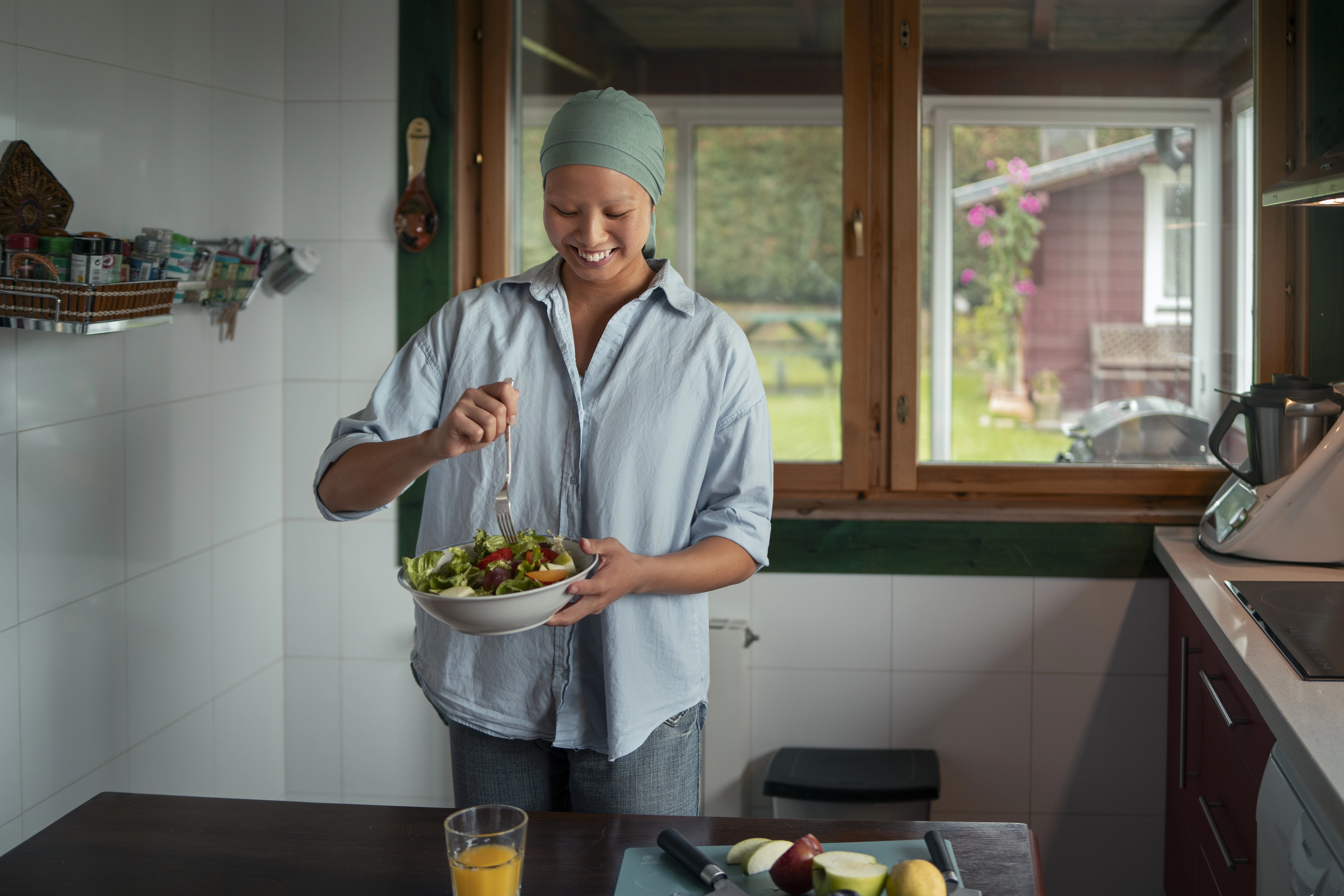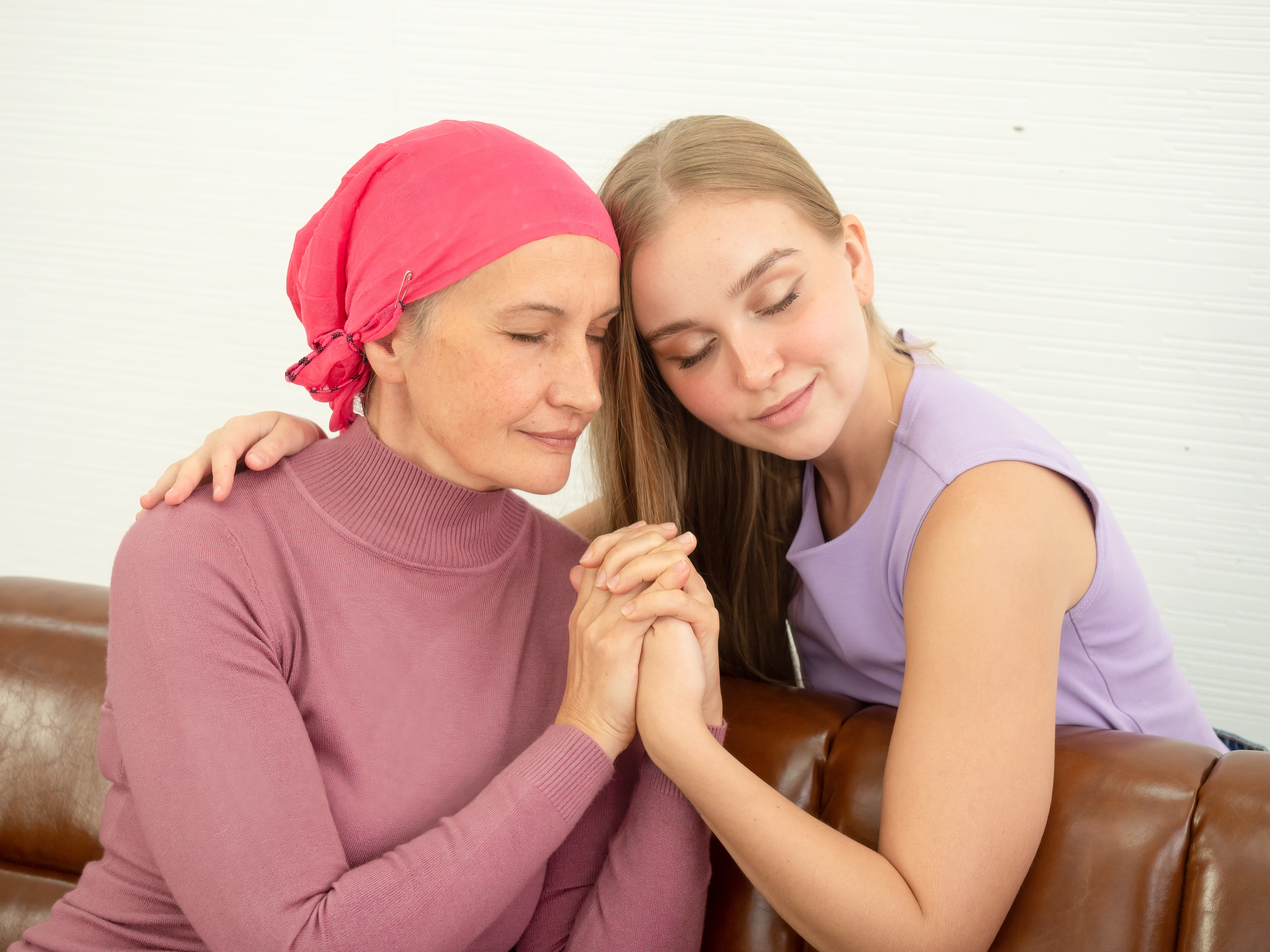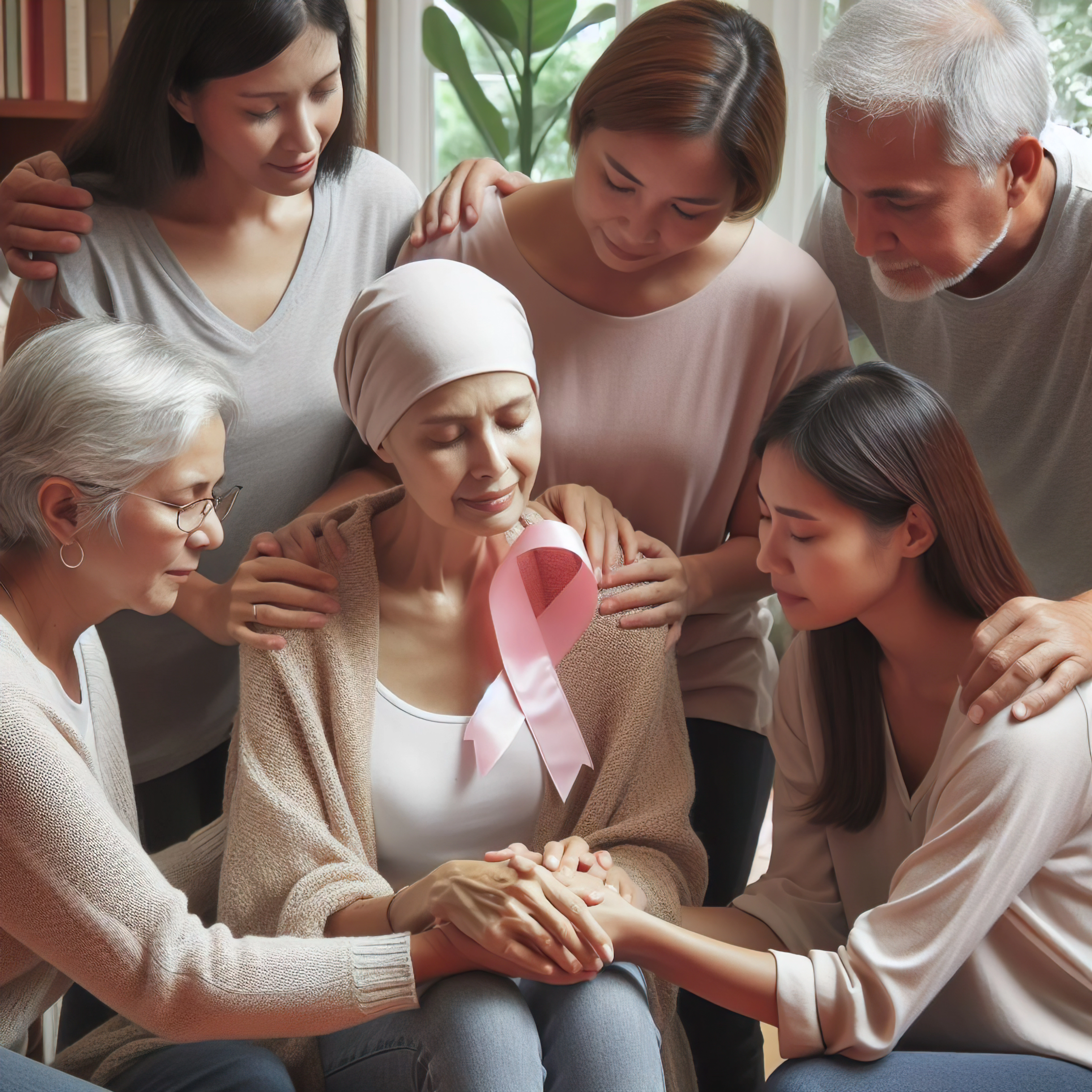- Email: [email protected]
- Contact: +1 (407)581-9000
Coping & Survivorship
CancerGuru
Coping


Coping with Cancer
Coping with cancer presents a multifaceted challenge, requiring both emotional resilience and practical strategies to navigate its impact on daily life. Effective coping begins with understanding one’s diagnosis and treatment options, a process that empowers patients and survivors to maintain control over their circumstances. This involves gathering accurate information, asking questions during medical appointments, and involving trusted family members or friends to ensure clarity and support.

Ways to Retain Former Life
Cancer imposes a significant physical burden on patients, often disrupting daily life and vitality. At CancerGuru.com, we emphasize several key strategies to manage this physical toll, enabling individuals to retain elements of their former routines and enhance their well-being. These approaches, grounded in evidence from the American Cancer Society (ACS) and National Cancer Institute (NCI), focus on practical measures to mitigate the bodily challenges of cancer and its treatments, tailored to individual capacities.
One fundamental strategy is maintaining as normal a lifestyle as possible, adapted to physical limitations. Continuing familiar activities—such as work, hobbies, or household tasks—can provide structure and a sense of control amidst treatment’s upheaval. For instance, a lung cancer patient might persist with light woodworking, adjusting effort to match energy levels post-chemotherapy. The ACS highlights that such continuity, when feasible and approved by a healthcare provider, supports physical stamina and counters the inertia often induced by fatigue or weakness. Patients are encouraged to collaborate with their medical team to identify safe, sustainable activities that align with their condition.
Physical activity constitutes another critical approach to managing cancer’s physical impact. The NCI reports that moderate exercise—such as walking, stretching, or yoga—during and after treatment significantly reduces fatigue, a common complaint affecting up to 70% of patients (NCI, 2023). A 2024 ACS study found that 150 minutes of weekly low-intensity exercise improved muscle strength and sleep quality in survivors, with benefits persisting years post-diagnosis. For example, a colorectal cancer patient might walk 20 minutes daily, gradually increasing duration as stamina returns, provided their physician clears it. Exercise also mitigates treatment-related side effects, such as neuropathy or bone loss, enhancing overall physical resilience.
Nutrition plays an equally vital role in countering the physical toll. Cancer and its therapies—chemotherapy, radiation, or surgery—often impair appetite, digestion, or nutrient absorption, leading to weight loss or malnutrition in up to 50% of patients (ACS, 2023). The NCI advocates for a tailored diet rich in protein, healthy fats, and calories to maintain strength and support recovery. A pancreatic cancer patient, for instance, might incorporate small, frequent meals—think grilled chicken with avocado—to combat nausea while sustaining energy. Consulting a dietitian ensures dietary adjustments address specific symptoms, such as mouth sores or taste changes, optimizing physical health.
Rest and symptom management round out these strategies. Adequate sleep—7-9 hours nightly, per CDC recommendations—helps repair tissues stressed by treatment, while strategic rest breaks during the day prevent overexertion. The ACS advises using medications or therapies (e.g., acupuncture for pain) to control symptoms like nausea or neuropathy, preserving physical function. A lymphoma patient, for example, might schedule naps around chemo cycles to rebuild stamina. Together, these approaches—normalcy, exercise, nutrition, and rest—equip patients to navigate cancer’s physical demands, fostering resilience and a semblance of their pre-diagnosis life.

One fundamental strategy is maintaining as normal a lifestyle as possible, adapted to physical limitations. Continuing familiar activities—such as work, hobbies, or household tasks—can provide structure and a sense of control amidst treatment’s upheaval. For instance, a lung cancer patient might persist with light woodworking, adjusting effort to match energy levels post-chemotherapy. The ACS highlights that such continuity, when feasible and approved by a healthcare provider, supports physical stamina and counters the inertia often induced by fatigue or weakness. Patients are encouraged to collaborate with their medical team to identify safe, sustainable activities that align with their condition.

Physical activity constitutes another critical approach to managing cancer’s physical impact. The NCI reports that moderate exercise—such as walking, stretching, or yoga—during and after treatment significantly reduces fatigue, a common complaint affecting up to 70% of patients (NCI, 2023). A 2024 ACS study found that 150 minutes of weekly low-intensity exercise improved muscle strength and sleep quality in survivors, with benefits persisting years post-diagnosis. For example, a colorectal cancer patient might walk 20 minutes daily, gradually increasing duration as stamina returns, provided their physician clears it. Exercise also mitigates treatment-related side effects, such as neuropathy or bone loss, enhancing overall physical resilience.

Rest and symptom management round out these strategies. Adequate sleep—7-9 hours nightly, per CDC recommendations—helps repair tissues stressed by treatment, while strategic rest breaks during the day prevent overexertion. The ACS advises using medications or therapies (e.g., acupuncture for pain) to control symptoms like nausea or neuropathy, preserving physical function. A lymphoma patient, for example, might schedule naps around chemo cycles to rebuild stamina. Together, these approaches—normalcy, exercise, nutrition, and rest—equip patients to navigate cancer’s physical demands, fostering resilience and a semblance of their pre-diagnosis life.

Nutrition plays an equally vital role in countering the physical toll. Cancer and its therapies—chemotherapy, radiation, or surgery—often impair appetite, digestion, or nutrient absorption, leading to weight loss or malnutrition in up to 50% of patients (ACS, 2023). The NCI advocates for a tailored diet rich in protein, healthy fats, and calories to maintain strength and support recovery. A pancreatic cancer patient, for instance, might incorporate small, frequent meals—think grilled chicken with avocado—to combat nausea while sustaining energy. Consulting a dietitian ensures dietary adjustments address specific symptoms, such as mouth sores or taste changes, optimizing physical health.

Emotional Aspect of Cancer Coping
The emotional toll of cancer can be profound, often rivaling its physical challenges in impact. At CancerGuru.com, we recognize that addressing this burden is essential for patients and survivors to maintain mental well-being amidst diagnosis and treatment. Drawing from the American Cancer Society (ACS), National Cancer Institute (NCI), and contemporary psychological oncology research, we outline key strategies to navigate the emotional landscape of cancer with resilience and support.

Knowledge Resources for Coping with Cancer
Coping with cancer extends beyond immediate physical and emotional challenges, requiring a multifaceted approach to sustain well-being throughout the journey. At CancerGuru.com, we integrate additional strategies—rooted in knowledge, community engagement, and structured planning—to empower patients and survivors. Drawing from the American Cancer Society (ACS), National Cancer Institute (NCI), and insights, these methods address both acute and long-term needs, ensuring a comprehensive framework for thriving beyond diagnosis.
Reliable Knowledge Resources
Access to reliable knowledge resources forms a critical pillar of coping. The ACS reported 1.9 million new cancer cases in the United States in 2023, with many patients experiencing significant distress due to informational gaps (ACS Cancer Statistics, 2023). Platforms like ours provide immediate assistance, offering vetted guidance on treatment side effects, symptom management, and lifestyle adjustments. For instance, a melanoma patient might use these resources to understand UV protection post-surgery, reducing anxiety through informed action. The NCI emphasizes that such knowledge empowers patients to advocate for themselves, bridging the divide between medical complexity and personal agency, a need that persists into 2025 as cancer prevalence rises.
Community Resources
Engaging with community resources amplifies coping capacity by fostering connection and shared experience. Beyond traditional support groups, 2025 sees expanded options—cancer-specific workshops, online forums, and local survivorship events—backed by ACS initiatives. A bladder cancer patient, for example, might attend a virtual seminar on managing incontinence, gaining practical tips and peer encouragement. The NCI notes that community involvement reduces isolation, a factor linked to poorer outcomes in 30% of cases (NCI, 2024). These interactions, accessible through CancerGuru.com listings, cultivate a sense of belonging, reinforcing resilience across treatment phases.
Survivorship Care Plans
Structured planning via survivorship care plans (SCPs) addresses long-term coping needs, particularly post-treatment transitions. The ACS advocates SCPs—customized roadmaps detailing follow-up care, potential late effects, and wellness goals—as standard practice by 2025. A lymphoma survivor, for instance, might follow an SCP to monitor fatigue or recurrence risks, scheduling regular scans and nutrition consults. A 2024 NCI study found that SCP users reported 20% higher quality of life scores, as these plans mitigate uncertainty around chronic issues like neuropathy or cardiovascular strain (NCI, 2024). Patients should request SCPs from their oncologist, using them to navigate life after cancer with clarity and purpose.





